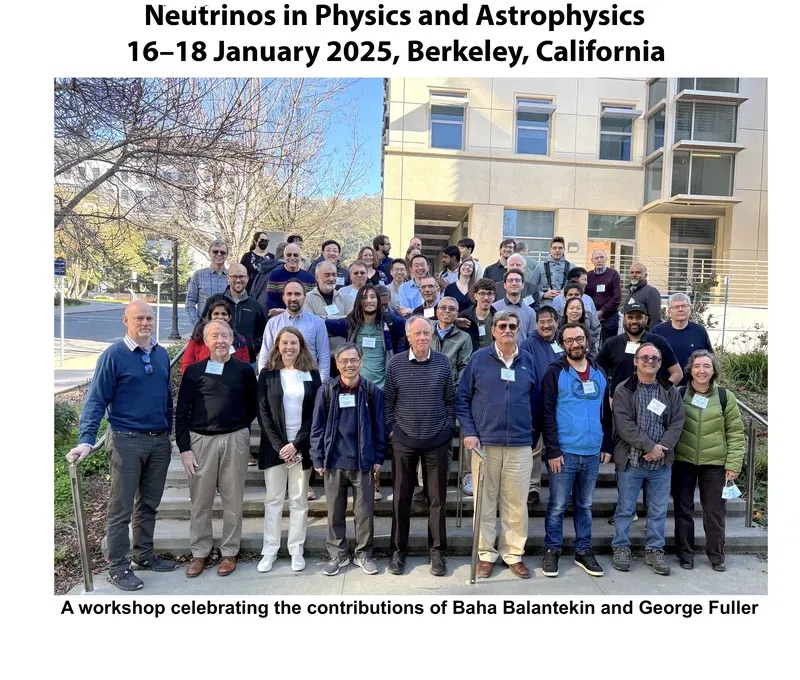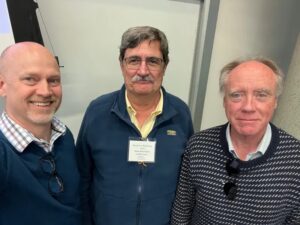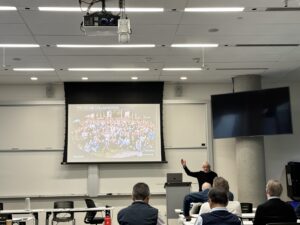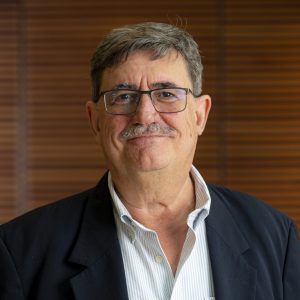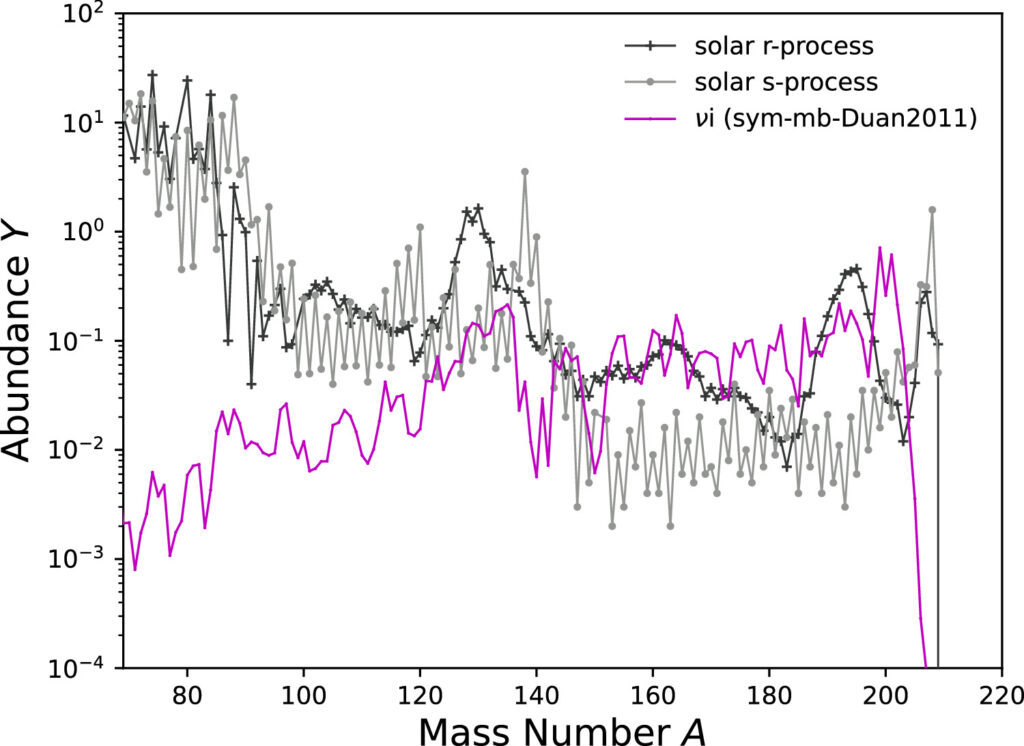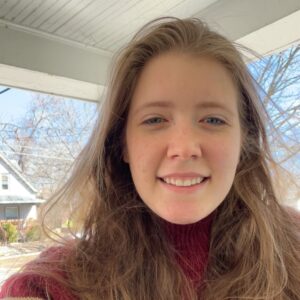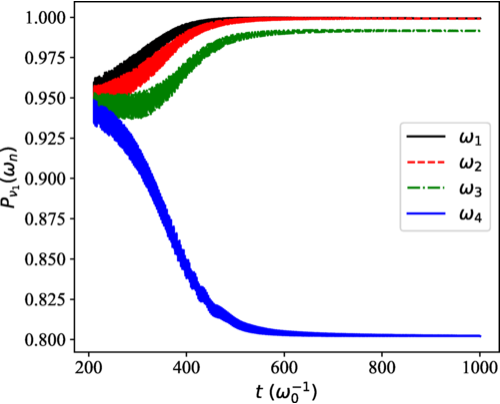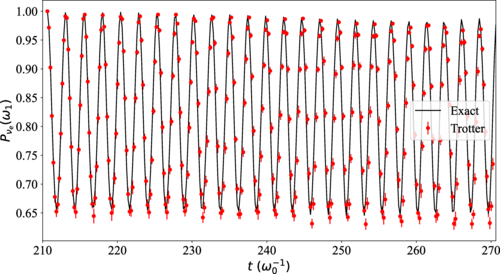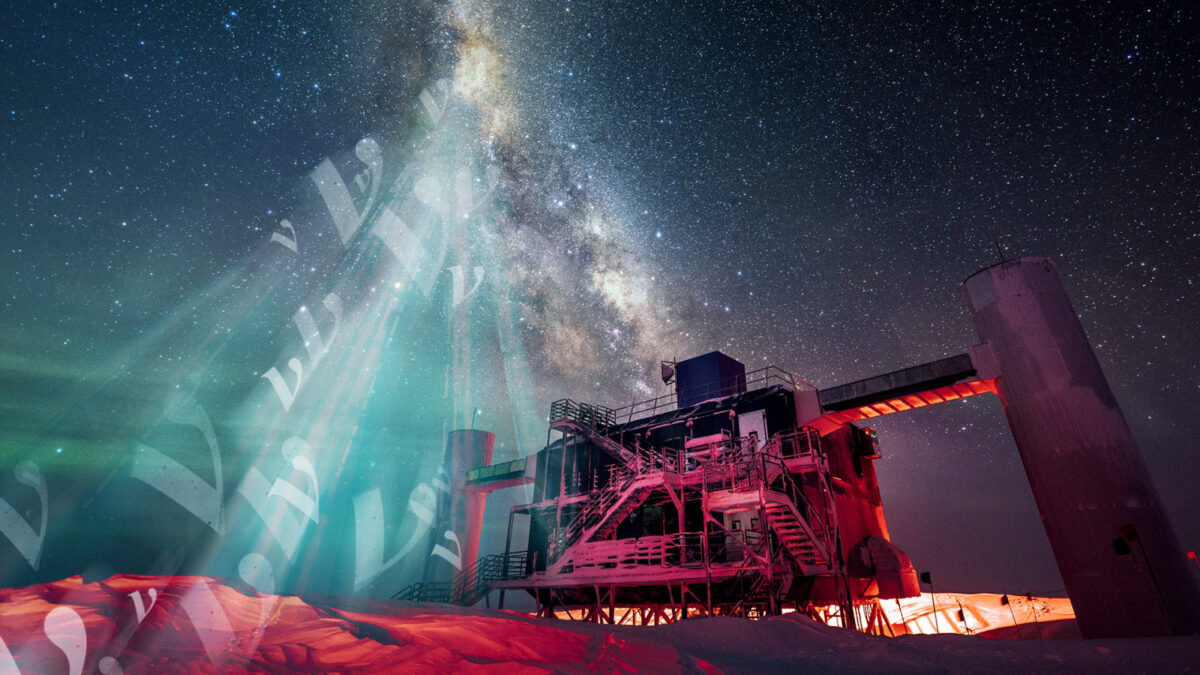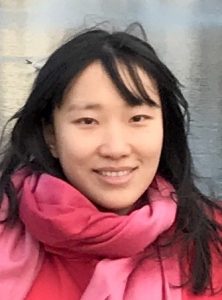Neutrinos have always been difficult to study because their small mass and neutral charge make them especially elusive. Scientists have made a lot of headway in the field and can now detect three flavors, or oscillation states, of neutrinos. Other flavors continue to be elusive — though that could be because they don’t even exist.
Sterile neutrinos, a flavor that has been proposed to play a role in neutrino mass generation and causing the oscillations of other neutrinos, have been hinted at in previous experiments but never detected. In a study published February 26 in Physical Review Letters, NOvA collaboration scientists did not find evidence of sterile neutrinos, but their work puts the tightest constraints on parameter space to date for where sterile neutrinos could be found.
“Neutrinos are really interesting because they can give a window into some really big questions for physics, including the question of the matter-antimatter asymmetry and why the universe exists at all,” says co-lead author Adam Lister, a postdoctoral researcher in physics professor Brian Rebel’s group at the University of Wisconsin–Madison and member of the NOvA collaboration. “It turns out you can get at these questions with neutrino oscillations, and in this paper, we tried to address the question of, ‘What if there are more types of neutrinos that we haven’t yet been able to observe?’”
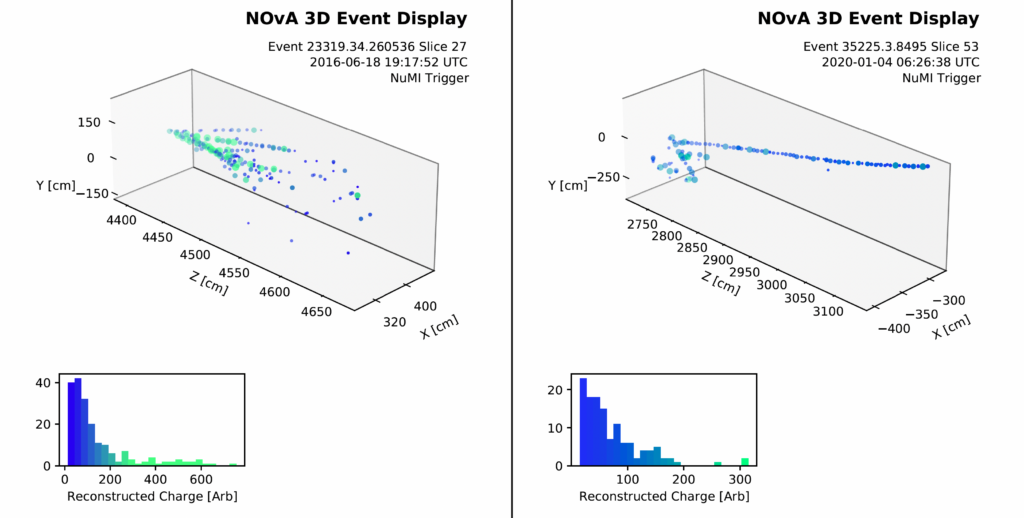
Sterile neutrinos have been proposed for a couple of decades, when previous experiments showed results that could best be explained by the existence of a fourth (or greater) flavor of neutrino.
“There are a number of experiments that claim that they see something consistent with this new neutrino, and there’s a bunch of other experiments that have looked for those same neutrinos and seen nothing whatsoever,” Lister says. “It’s a very open question right now.”



To search for sterile neutrinos, the NOvA experiment produces a beam of one flavor of neutrino, muon neutrinos, at Fermilab and directs it toward two detectors: a near detector about one kilometer from the beam source, and a far detector around 800 kilometers away in Ash River, MN. Previous NOvA analyses measured only the neutral current disappearance rate, where any of the three flavors of neutrinos converts to another particle when it interacts with a detector. So in this new study, the researchers knew that if they observe an unexpected change in the total number of neutrinos, it suggests that sterile neutrinos did in fact influence the other types.
Earlier NOvA work only measured this rate at the far detector, because it was the best developed analysis strategy available at the time. However, it assumed that sterile neutrinos could not influence the other neutrinos in the first kilometer. Here, the team used updated software and improved simulations to analyze neutral current rate changes at both near and far detectors, but these results did not deviate from the expected three-flavor model.
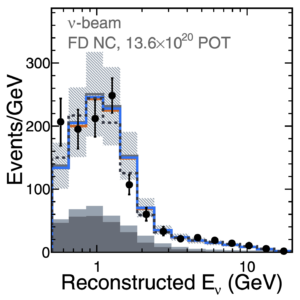
Second, they introduced an additional sample, known as muon neutrino charged current interactions, or the disappearance specifically of muon neutrinos at both the near and far detectors. Small changes from the expected rate could also indicate the influence of sterile neutrinos, but again, they did not observe a statistically significant rate difference.
Combined with the fact that the team applied their analyses to six years of cumulative data — all the data of previous NOvA analyses plus newer data — this new study offers NOvA’s most powerful analysis of sterile neutrino physics to date. Though the study could not confirm the existence of sterile neutrinos, NOvA scientists were able to search the four different samples together simultaneously, allowing them to rule out certain parameter combinations that are physically incompatible with sterile neutrinos.
“Our results agree with the standard three-flavor oscillation model, at least with the statistical uncertainties we have,” Lister says. “What we can say right now is that NOvA sets some of the strongest limits on the existence of the sterile neutrinos.”
The NOvA experiment could not confirm the existence of the sterile neutrino. IceCube, led by UW–Madison, performs complementary searches using atmospheric and astrophysical neutrinos and has also not found any evidence for sterile neutrinos.
These results are also critical to informing the analyses of the next-gen accelerator-based neutrino detector, DUNE, which Lister and colleagues at UW–Madison are already developing.
This study was published by the NOvA collaboration, centered at Fermilab, and largely led by scientists at UW–Madison (Lister, Rebel, and former graduate student Harry Hausner) and the University of Cincinnati (postdoctoral researcher V. Hewes and physics professor Adam Aurisano).
This work was supported by the U.S. Department of Energy; the U.S. National Science Foundation; the Department of Science and Technology, India; the European Research Council; the MSMT CR, GA UK, Czech Republic; the RAS, MSHE, and RFBR, Russia; CNPq and FAPEG, Brazil; UKRI, STFC and the Royal Society, United Kingdom; and the state and University of Minnesota.
